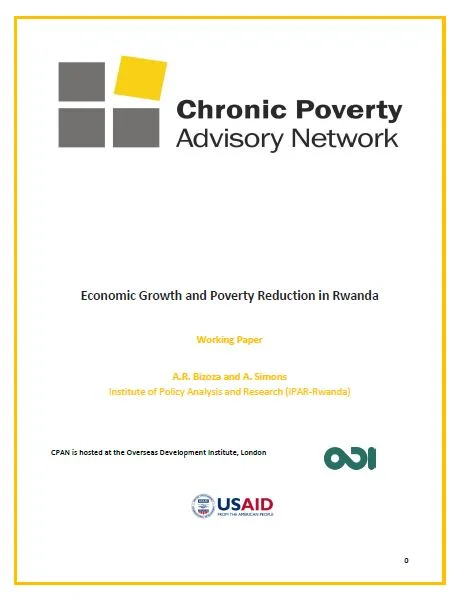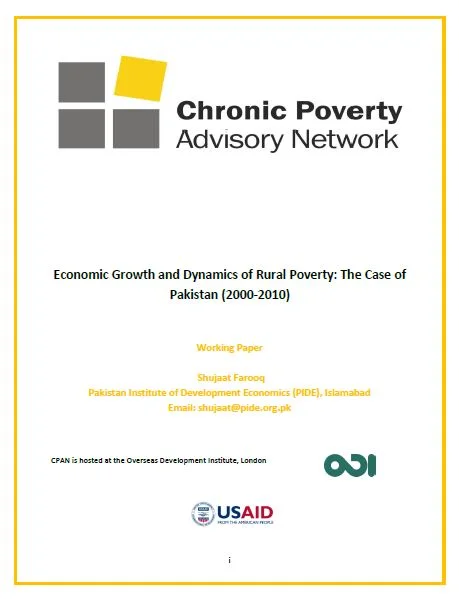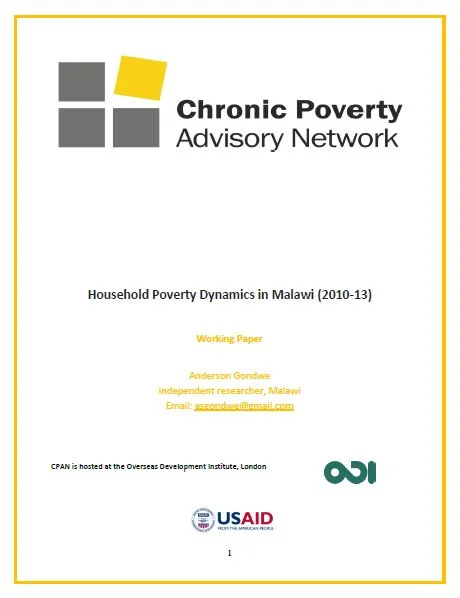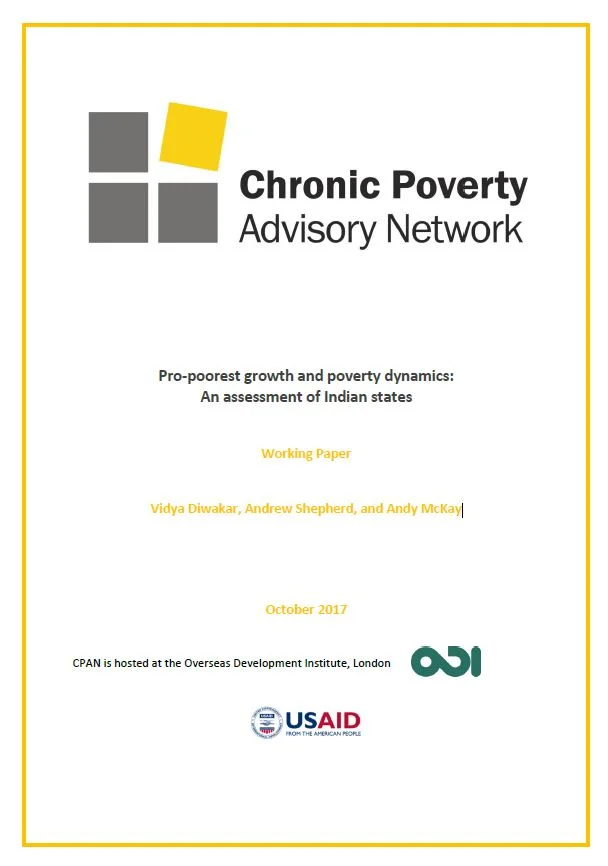The relationship between growth, poverty and inequality is complex in Pakistan where in some decades, high economic growth has not been translated into poverty reduction. A close look at the data on poverty levels and trends in Pakistan for the last five decades leads to two broad conclusions: first, poverty reduction has not been sustainable but has fluctuated remarkably; and second, a large proportion of the population has been found around the poverty line, and any micro and/or macro shock (positive or negative) is likely to have pushed them into poverty or to have pulled them out of it.
The specific focus of this report is to analyze the movements of poverty and its linkages with economic growth for 2001-2010 period. The analysis is important from both the micro and macro perspectives. In micro-perspective, demographic dynamics and change in household assets may have an impact on the poverty movements. Similarly, the macroeconomic situation, which fluctuated remarkably during the 2001 to 2010 period, is likely to have affected a household’s well-being.
The analysis produced the following recommendations:
Policy interventions for the chronically poor may not be same as for the impoverishment and transitory poor. The former may need financial assistance from social protection programme in the short term to smooth their consumption protection along with some conditional cash transfer programmes and microfinance initiatives. The latter may be targeted through interventions in the labor market to increase their employability and productivity.
Improving human capital an employability for transitory poor require multi-sectoral approach that aims to: create assets for the poor, provision of microfinance being one source, lower the dependency ratio by reducing fertility and minimize the risks associated with shocks (inflation, flood, drought etc). Being a fairly young population country, improvement in access and quality of education and skills is crucial to improve productivity.
The regional variation in poverty trajectories suggests to improve infrastructure in deprived and remote regions. The North Punjab region of Pakistan is a successful case, where better human capital, strong rural-urban linkages and access to international labor market have played a role in controlling rural poverty. It is recommended that the poor rural areas of the country are targeted for some specific interventions, based on a multi-sectoral approach: improving human capital, creation of assets, addressing the demographic concerns, and developing both the village-level infrastructure and rural-urban linkages.
Author: Shujaat Farooq





